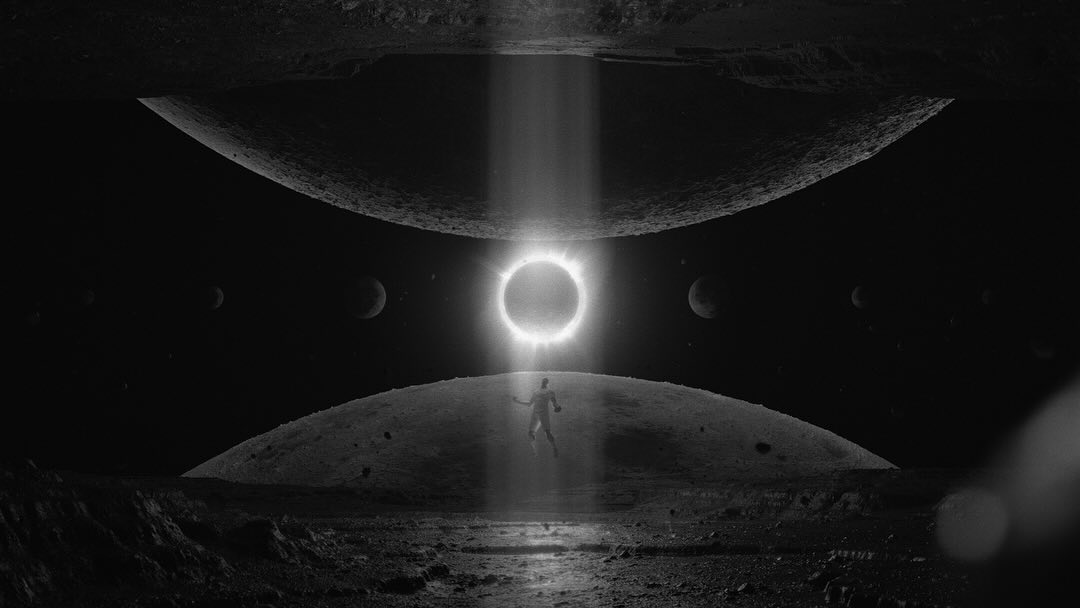As artificial intelligence (AI) continues to advance, its integration into creative processes has ignited passionate debates within the industry. A recent advertisement from Under Armour featuring boxer Anthony Joshua has sparked significant controversy among creatives on social media platforms, particularly Instagram. The ad, heralded as the “first Ai-powered sports commercial,” has experts questioning not just the authenticity of its messaging, but also the ethical applications of AI in creative spaces. This blog post delves into the intricacies of the case, its implications, and what it reveals about the intersection of technology and creativity.
What Happened?
Director Wes Walker shared the ad, claiming it was built “from nothing but existing assets” while employing an array of digital techniques, including Ai video and voiceover, 3D modeling, and motion graphics. While the ad employs impressive visuals, the quick turnaround time of just three weeks raised eyebrows in the industry. Was this speed a result of innovative technology, or a rushed process neglecting the value of human creativity?
The Reuse of Existing Work
As Walker touted the use of advanced AI tools, several industry creatives quickly pointed out that much of the visual content used in the ad bore a striking resemblance to earlier works produced by others. In particular, a film by Gustav Johansson created two years prior and featuring original footage was cited as a source for parts of the new ad, resulting in an uproar over the lack of credit given to the original creators. This incident highlights a fundamental issue in the current landscape of advertising — where reusing others’ works without proper attribution can lead to a sense of illegitimacy and exploitation.
The Ethical Dilemma
- The Financial Implications: The rapidly evolving use of AI technology has enabled brands to produce content with lower budgets, often sidelining the artists who aim to create unique, high-quality work.
- The Importance of Attribution: Failure to credit original creators undermines the value of their work, raising concerns about ethical standards and artistic integrity in the industry.
- Resisting Industry Trends: Many creatives are beginning to advocate for a return to traditional filmmaking practices, stressing the need to maintain a distinct human touch in a landscape increasingly dominated by AI.
A Call to Action
The debate stemming from Walker’s ad serves as a wake-up call for filmmakers, brands, and agencies alike. As the line between human creativity and machine-generated content blurs, it becomes crucial for artists to advocate for their rights and push back against systems that prioritize efficiency over originality. Referring to the ethical considerations involved, renowned cinematographer Rob Webster noted, “The use of this technology is inevitable, but the application of it, and the discourse around it is very much in our hands.”
Conclusion: Navigating the New Landscape
The Under Armour controversy is just one of many instances illuminating the necessity for transparent practices as the creative industry navigates an increasingly Ai-centric future. Creatives, brands, and production companies must engage in dialogues discussing ethical considerations, fair use of original works, and the implications of AI on creativity. At fxis.ai, we believe that such advancements are crucial for the future of AI, as they enable more comprehensive and effective solutions. Our team is continually exploring new methodologies to push the envelope in artificial intelligence, ensuring that our clients benefit from the latest technological innovations.
As we move forward, maintaining a collaborative spirit and honoring creativity will be pivotal in shaping a more responsible use of AI technology in advertising. For more insights, updates, or to collaborate on AI development projects, stay connected with fxis.ai.

